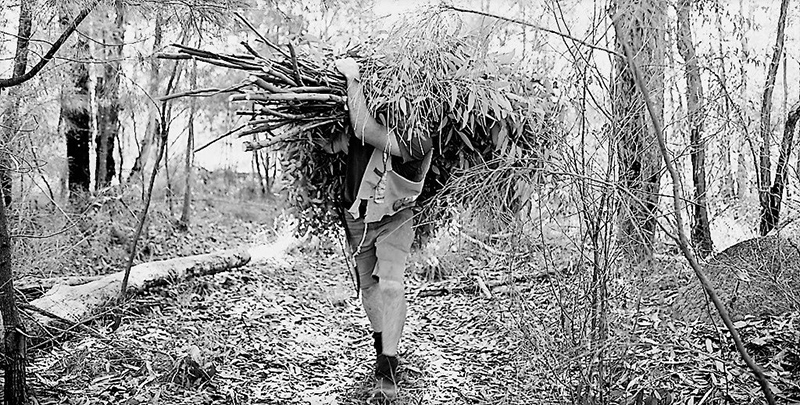Marcus The Koala Man
I started my apprenticeship in 1995 with 60 koalas, supplying their food primarily from field browsing. The plantation was only used as a last result – culturally, cutters believed that if you used the plantation you were weak.
Now, times are different.
Back then if you couldn’t find tip or soft texture leaves during the winter, you weren’t suitable for the job. That type of work pressure just doesn’t happen today!
On the Gold Coast at the time (early to mid-90’s), you had three major wildlife institutions competing for the same areas as the four Brisbane wildlife park teams that came down to compete. Imagine going out every second day, for between 4-6 hours, and having source enough food for 120 koalas? The internal politics were rife!
I left Queensland in 1999 and travelled overseas to understand a koala’s life as an exotic animal instead of a native one. Internationally, all feeding structures were based on plantations and plantation work. This includes major institutions such as San Diego Zoo, England Zoo and across Europe. I then came back to Australia to experience the Perth and Victorian koala industries. Perth was still sourcing a small amount of food from a little fieldwork but it was predominantly overtaken by plantation use while Victoria had adopted plantations.
When it comes to the overall culture of the koala industry, without a doubt my years spent on the Gold Coast were the most challenging, fulfilling and professionally rewarding. They were also filled with a negative rivalry. Internally, we faced incredible tension; the industry itself still isn’t aware of the extent to which we were pushed during that time.
We were encouraged to identify, establish and evaluate new and different forms of feeding but it was all highly competitive. The work was very successful but we kept it to ourselves because of the pressure we were working under. We were seen as little more than common workers and we didn’t want to rock the boat with our upper management as we had trouble within our working environment. I think back now that the frustration that drove us to compete worked well for the koalas as we worked harder to outdo each other. Sourcing the best food quantities within our team would prove our skills and worthiness. Nowhere in my travels have I ever been back to that type of pressure; pressure from all angles.
Looking back, I’m grateful for my experience with not only the challenge and competition, but also the high-pressure environment. This is what gave me the confidence to move forward with my research – and not only because I was part of a small selection of individuals who were able or push hard and deal with a pressure environment. It was also because I was part of the evolution of a successful koalas dietary program which set-up every other facilitate of their captive life. This was evidenced by the fact that we had the best reputation among our peers, from OTHER wildlife parks with the most active and very best looking koalas.

